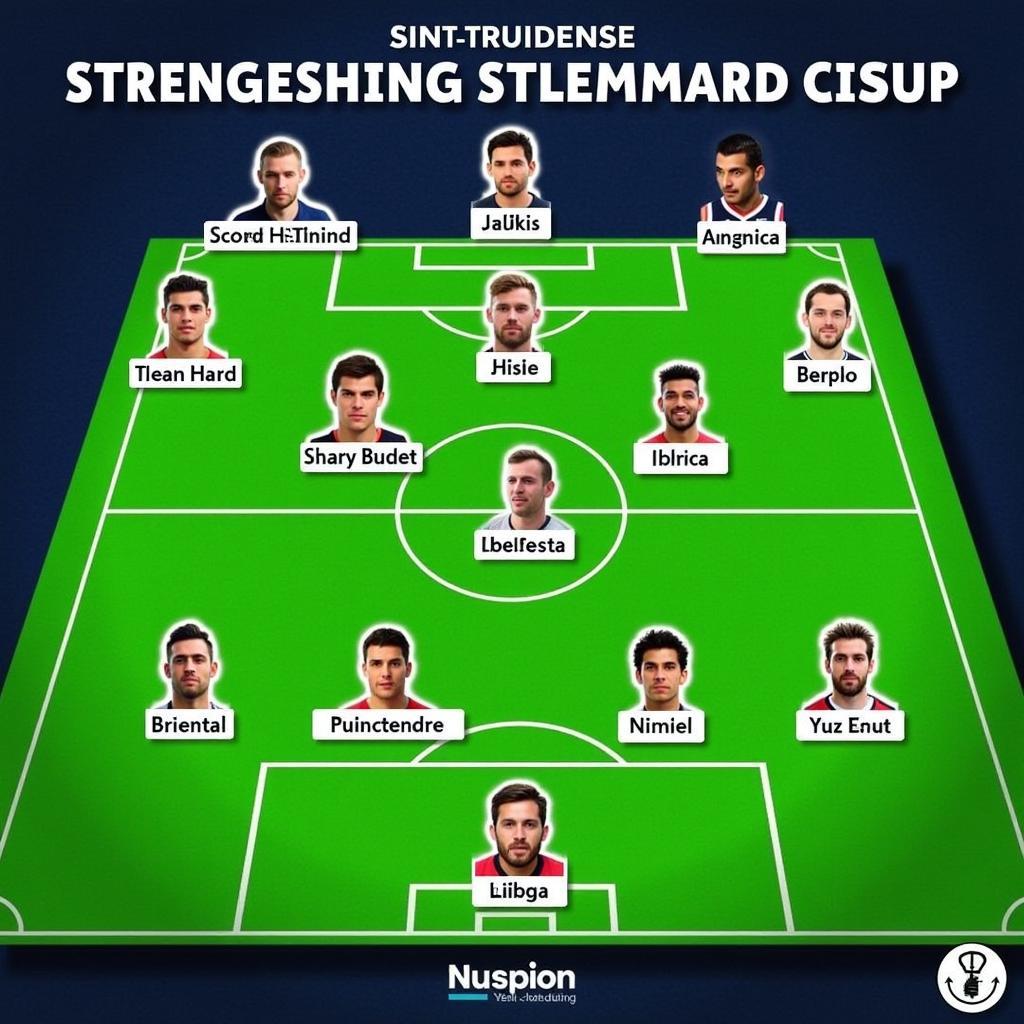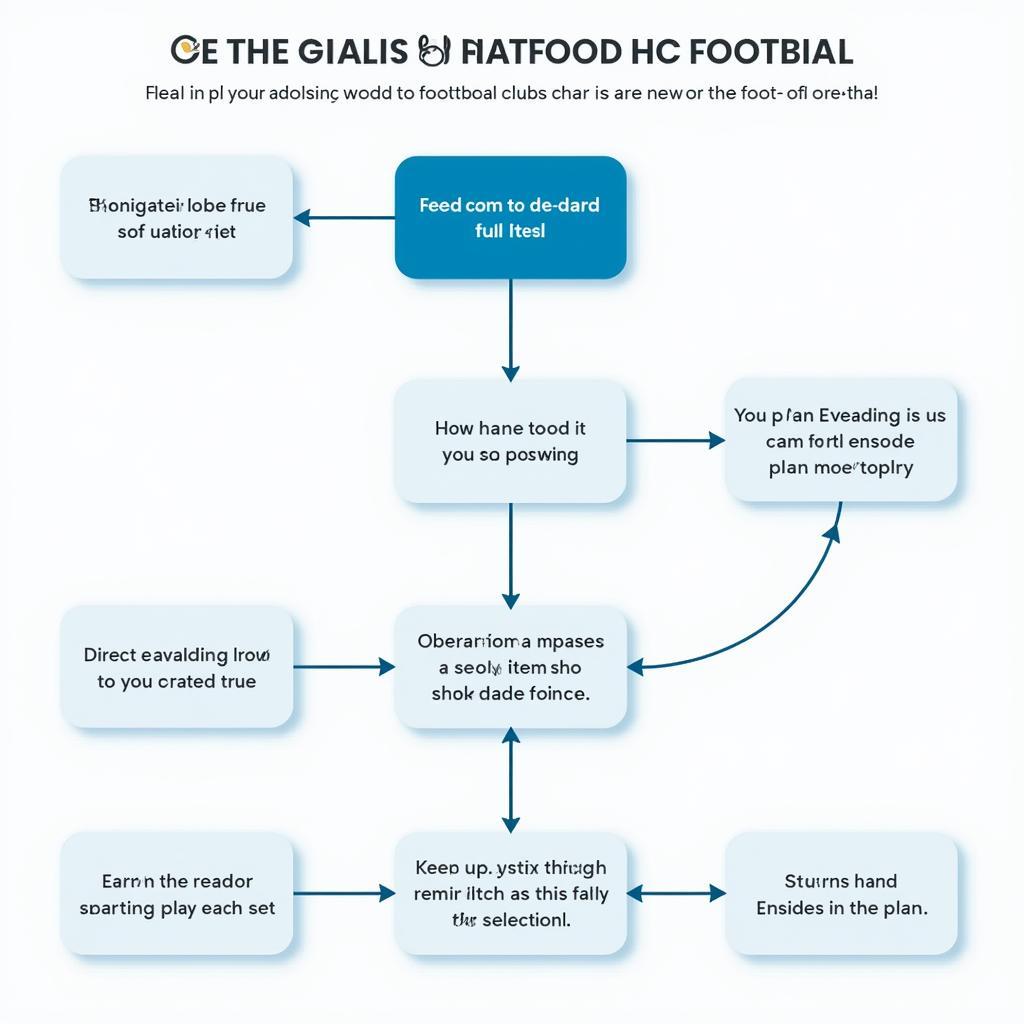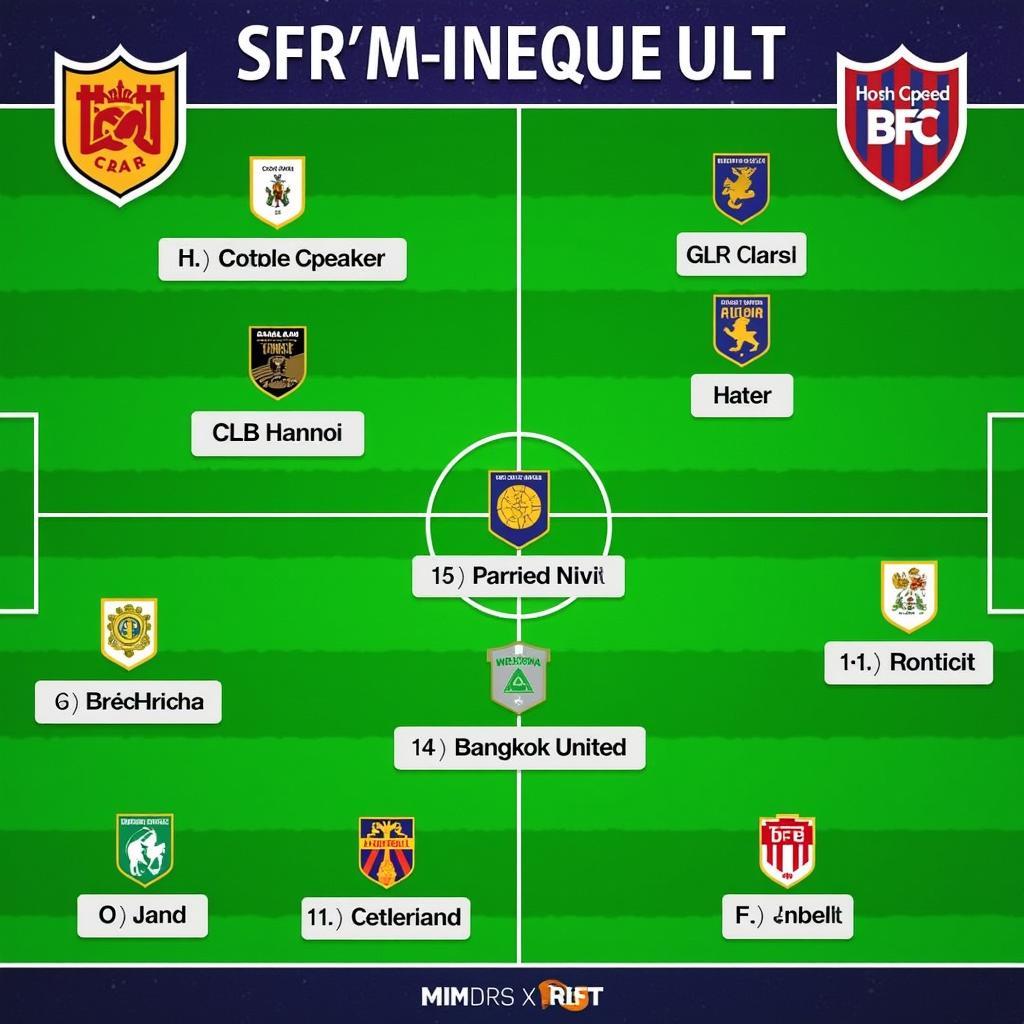**Football Club Activity Plan: A Comprehensive Guide**

Planning and executing successful activities for a football club is crucial for fostering team spirit, building a strong community, and achieving long-term goals. A well-structured activity plan can enhance player development, attract new members, and ultimately, contribute to the club’s overall success.
This article provides a comprehensive guide to creating a comprehensive football club activity plan, encompassing essential elements, strategies, and practical tips for success.
Defining Your Goals
Before diving into specifics, it’s crucial to define your club’s overarching goals. What do you aim to achieve with your activities? Consider factors such as:
- Player Development: Enhancing technical skills, tactical understanding, physical fitness, and mental resilience.
- Community Engagement: Building relationships within the local community, attracting new members, and promoting a positive image.
- Fundraising: Generating revenue to support club operations, equipment, and player development.
- Social Events: Fostering team camaraderie, creating memorable experiences, and boosting morale.
- Competitive Performance: Improving team performance, achieving success in leagues or tournaments, and securing sponsorships.
Activity Planning: A Step-by-Step Approach
1. Identify Key Activities
Start by brainstorming a list of activities that align with your goals. Consider various categories, including:
- Training Sessions: Regular practice sessions focusing on technical skills, tactical drills, and fitness conditioning.
- Friendly Matches: Organizing friendly games against other clubs to gain match experience and assess team performance.
- Competitive Leagues: Participating in local, regional, or national leagues to test skills against opponents and strive for championship titles.
- Tournaments: Entering prestigious tournaments for greater exposure, competitive challenges, and potential rewards.
- Community Events: Organizing youth clinics, charity games, or open training sessions to connect with the local community.
- Social Gatherings: Team dinners, movie nights, or holiday parties to foster camaraderie and create positive memories.
- Fundraising Events: Organizing car washes, bake sales, or sponsor walks to generate revenue for club operations.
2. Allocate Resources
Once you have a list of activities, assess the resources required for each, including:
- Financial Resources: Budget for equipment, facilities, transportation, coaching fees, and event expenses.
- Human Resources: Volunteers, coaches, trainers, and support staff to manage activities effectively.
- Time Resources: Scheduling activities within a realistic timeframe, considering player availability and other commitments.
3. Develop a Detailed Schedule
Create a comprehensive schedule outlining specific activities, dates, times, locations, and responsible individuals.
Example:
| Activity | Date | Time | Location | Responsible Individual |
|---|---|---|---|---|
| Training Session | 15th March | 5:00 PM – 6:30 PM | Club Field | Head Coach |
| Friendly Match | 22nd March | 2:00 PM | Opponent’s Field | Assistant Coach |
| Community Clinic | 29th March | 10:00 AM – 12:00 PM | Local Park | Youth Coordinator |
 Phân bổ nguồn lực cho hoạt động bóng đá
Phân bổ nguồn lực cho hoạt động bóng đá
4. Implement and Monitor Progress
Put your activity plan into action and monitor its effectiveness throughout the season. Regularly assess the following:
- Player Participation: Evaluate player engagement and attendance at activities.
- Performance Improvement: Track individual and team progress in skills, tactics, and fitness.
- Community Engagement: Measure the impact of outreach programs and community events.
- Fundraising Success: Evaluate the effectiveness of fundraising activities and revenue generated.
- Overall Satisfaction: Gather feedback from players, coaches, and community members to identify areas for improvement.
Tips for Effective Activity Planning
- Prioritize Player Development: Focus on activities that enhance technical skills, tactical understanding, and physical fitness.
- Create a Varied Schedule: Offer a diverse range of activities to cater to different interests and skill levels.
- Encourage Team Spirit: Organize social events and team-building activities to foster camaraderie and bonding.
- Promote Community Engagement: Utilize your club’s platform to connect with the local community and promote a positive image.
- Maintain Transparency and Communication: Keep players, parents, and community members informed about upcoming events and activities.
 Kết nối cộng đồng bóng đá
Kết nối cộng đồng bóng đá
Expert Insight:
“A well-structured activity plan is the cornerstone of a successful football club. By prioritizing player development, community engagement, and team bonding, you can build a thriving environment that fosters growth, camaraderie, and lasting memories.” – John Smith, Head Coach, [Football Club Name]
FAQ:
- Q: How often should we have training sessions?
A: Ideally, training sessions should occur at least twice a week, allowing players to develop skills consistently. - Q: What are some creative fundraising ideas?
A: Consider car washes, bake sales, online fundraising platforms, or sponsor walks. - Q: How can we improve community engagement?
A: Organize youth clinics, charity games, or open training sessions to connect with the community. - Q: How can we promote our club to potential members?
A: Utilize social media platforms, community flyers, or local partnerships to spread the word. - Q: What are some essential elements of a successful activity plan?
A: Clear goals, detailed schedule, resource allocation, effective communication, and ongoing monitoring.
 Hoạt động bóng đá cộng đồng
Hoạt động bóng đá cộng đồng
This comprehensive guide provides a framework for creating an effective football club activity plan. By carefully considering your goals, resources, and the needs of your members, you can craft a dynamic and engaging program that fosters player development, community engagement, and ultimately, the club’s success.




